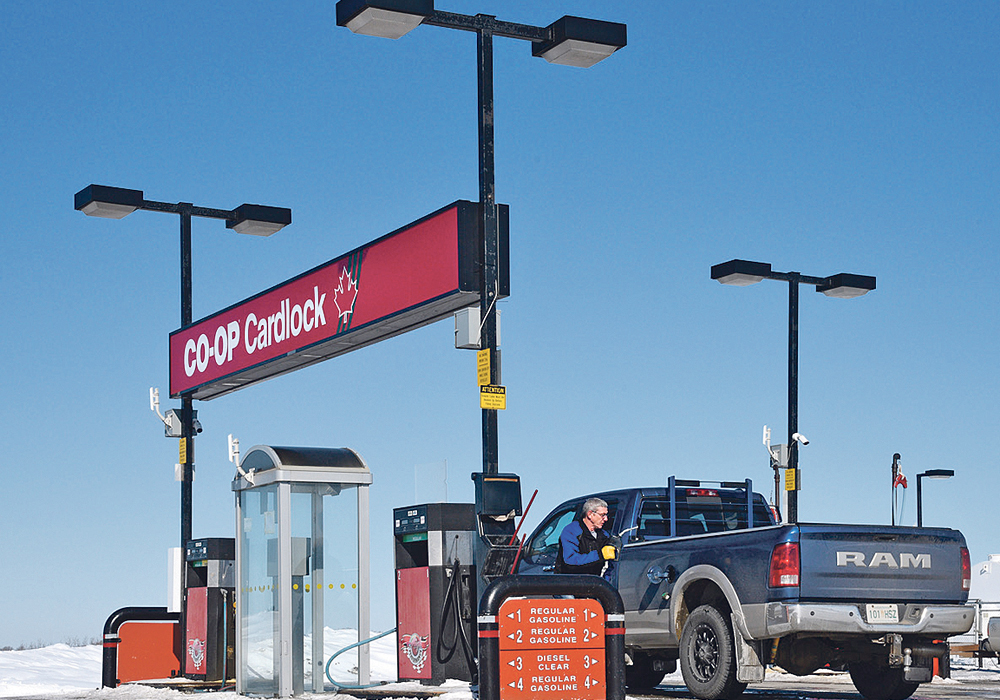OTTAWA, April 20 (Reuters) – Canada’s annual inflation rate accelerated faster than expected in March, hitting a 31-year high amid broad price pressures, official data showed on Wednesday, pointing toward another oversized rate hike from the Bank of Canada in June.
The headline rate hit 6.7 percent in March, well above analyst expectations of 6.1 percent and a full percentage point higher than in February. It was the 12th consecutive month above the central bank’s 1-3 percent control range and just short of the 6.9 percent hit in January 1991.
The higher-than-expected number increases the likelihood of the Bank of Canada making another large rate hike when it next meets in June. The bank raised rates by half a percentage point last week and said more increases were coming to fight inflation.
Read Also

Final crop reports show strong yields, quality
Crops yielded above average across the Prairies this year, and quality is generally average to above-average.
“I think a 50-basis-point rate hike was always likely in June. … This cements it,” said Andrew Kelvin, chief Canada strategist at TD Securities. He added that a 75-basis-point move would still be unlikely.
The Canadian dollar rose to a three-week high of 1.2503 to the greenback, or 79.98 U.S. cents, after the data.
Countries around the world are grappling with hot inflation coming out of the COVID-19 pandemic amid booming demand and supply chain bottlenecks. Russia’s invasion of Ukraine has put pressure on key commodity prices, adding to the pinch.
Canadian gasoline prices were up 11.8 percent on the month in March and 39.8 percent on the year, as global oil prices surged on the Ukraine conflict. Food prices jumped 8.7 percent on the year, with pasta and cereal products up on wheat futures, Statscan said.
Statscan noted continued price pressures on housing and said a very tight labor market was driving wage inflation. Durable goods rose at the fastest rate since 1982, driven by vehicle and furniture prices.
“That’s just broadening inflation. That’s a tight economy and tight labor market,” said Jimmy Jean, chief economist at Desjardin Group. “It screams for the Bank of Canada to maintain that accelerated pace of normalization.”
Governor Tiff Macklem last week said the central bank would continue to act “forcefully” if needed. Money markets see a 65 percent chance the Bank of Canada will go ahead with a second 50-basis-point hike. It typically increases by 25 basis points.
The CPI common measure, which the Bank of Canada says is the best gauge of the economy’s performance, rose to 2.8 percent from a revised 2.7 percent in February. CPI trim was 4.7 percent and CPI median was 3.8 percent.















